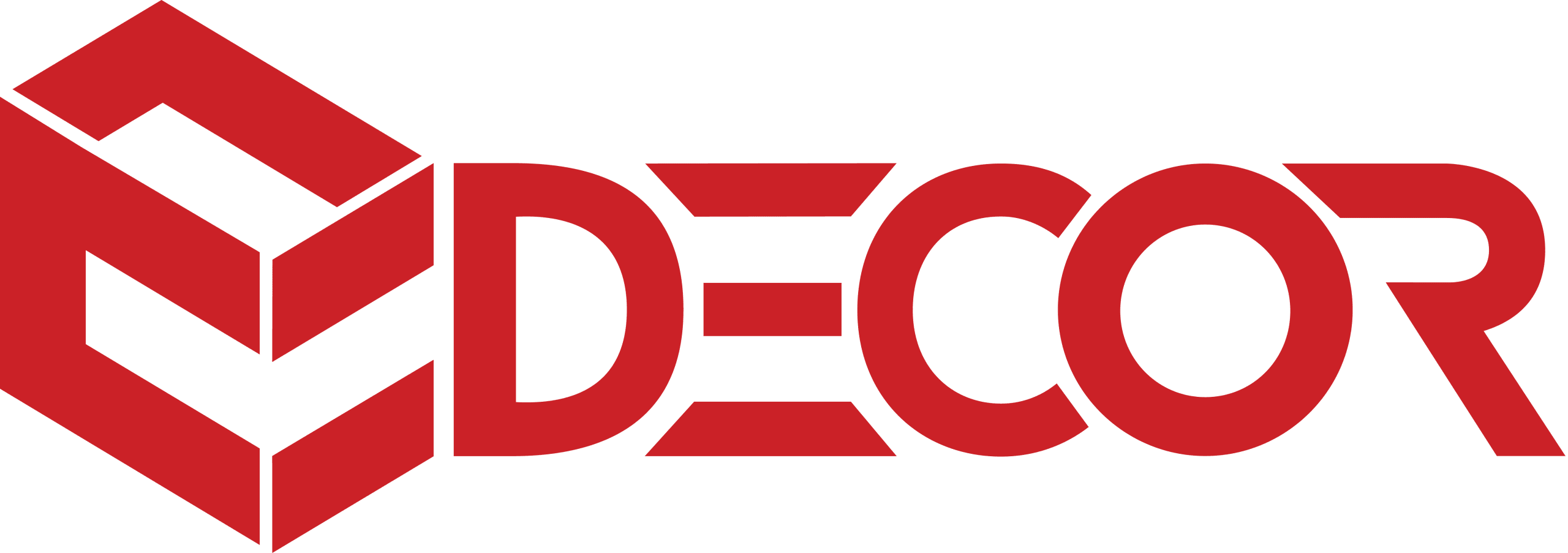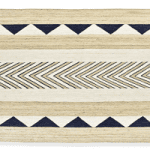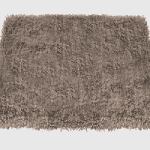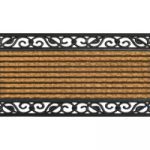It is not just another piece of financial paperwork but a critical element of strategic financial management and informed decision-making. Note how the coding system helps break down each listing into hierarchies and categories. Below is a breakdown of primary categories and their respective subcategories and examples. The financial world is filled with terms that can seem intimidating to someone without a strong finance background. PQR Enterprises is a firm engaged in the manufacturing of plastic containers.
Non-Current Liabilities:
- Doing so ensures that accurate comparisons of the company’s finances can be made over time.
- A member of the CPA Association of BC, she also holds a Master’s Degree in Business Administration from Simon Fraser University.
- Data errors such as duplicate or incorrect entries can have damaging long-term consequences.
- So, why would you add these additional layers in the chart of account number?
- Assets, liabilities, equity, revenue, and expenses are necessary components to be included in the COA.
For example, all of the listings from 100 to 199 are assets, while all of the listings from 200 to 299 are liabilities. For accuracy in period-to-period comparisons, maintain the same chart of account format over time. She would then make an adjusting entry to move all of the plaster expenses she already had recorded in the “Lab Supplies” expenses account into the new “Plaster” expenses account. Moon Invoice transforms the invoicing process in a way that allows you to easily generate and track invoices in the blink of an eye. Designed for growth-oriented businesses, Moon Invoice alleviates the burden of managing business finances.
It helps to categorize all transactions, working as a simple, at-a-glance reference point. The chart of accounts for accrual basis accounting is more comprehensive. It includes accounts for receivables, payables, accrued expenses, and deferred revenue. This allows for better tracking of financial obligations and income that have been incurred but not yet realized in cash terms. Accrual basis accounting records revenue when it’s earned and expenses when they’re incurred, regardless of when cash is exchanged. It provides a more accurate picture of a company’s financial health over time.
The COA tracks your business income and expenses, which you’ll need to report on your income tax return every year. A chart of accounts gives you great insight into your business’s revenue beyond just telling you how much money you earn. It shows peaks and valleys in your income, how much cash flow is at your disposal, and how long it should last you given your average monthly business expenses. A chart of accounts is integral to your bookkeeping, accounting, and financial reporting. They’re like a map that helps you categorise your transactions correctly and group similar accounts together for reporting.
- See a free Excel template with a standard chart of accounts with payroll expenses, etc.
- You can delete old accounts from a COA, but it’s recommended to wait until the end of the year to do so.
- Add an account statement column to your COA to record which statement you’ll be using for each account, like cash flow, balance sheet, or income statement.
- Accounting and Auditing for CPAs Understanding accounting and auditing is key to becoming an outstanding CPA.
- The chart of accounts numbering will indicate the location of the listed account in the ledger.
A Beginner’s Guide to The Accounting Cycle
The chart of accounts for cash basis accounting will primarily include accounts that track cash transactions, such as cash on hand, bank accounts, and immediate expenses. It may not include accounts for receivables or payables since these are not recognized until cash changes hands. The expenses account is a record detailing the outflow of money or use of business assets.
Information is presented in sections that correspond with the balance sheet and income statement categories. Start discovering your business requirements, and then categorize the different types of invoices in accounting for your small business account type , such as assets, liabilities, equity, expenses, and revenue. Now, under these categories, list out sub-categories like cash account, accounts payable, or accounts receivable.
What’s included in the Charts of Accounts?
Examples of expense accounts include the cost of goods sold (COGS), depreciation expense, utility expense, and wages expense. Furthermore, big companies can have thousands of line items, so a chart of accounts allows them to be easily divided into different hierarchies and categories. A Chart of Accounts (COA) is an index of all the financial accounts in a company’s general ledger and is the foundation of the company’s financial system.
Learn what Net 15 payment terms mean with clear examples and key benefits to help your business manage invoicing and improve cash flow. Moreover, it also enables investors or lenders to evaluate the company’s performance and eventually help you in securing funding. Now that you know the best practices to make a COA, you can create a well-structured COA and maintain consistency. Don’t forget to stick to the financial reporting standards like FASB and GAAP so that your reports are compliant and credible as well. Following these guidelines is so important because it offers transparency when conducting the audit process or dealing with investors. Restrict who can access the accounts’ chart to accounting professionals so that only authorized users can access or edit the details.
FreshBooks will help you stay organized with a user-friendly interface that keeps things simple. The COA will include balance sheet entries of assets, liabilities and owner’s equity, and income statement’s expenses and revenue. The chart of accounts numbering will indicate the location of the listed account in the ledger.
Cash basis vs. Accrual chart of accounts
Chart of Accounts gives a consolidated view of the financial transactions affecting a company’s balance sheet and income statement. Depending on the size of an organization, a firm can have multiple entries for expenses and income in an accounting year. Your chart of accounts is a way to organize all of these transactions, and generate important documents—like balance sheets and income statements—from it. Once your transactions are organized, filed, and accessible, you can get a much better sense of how your business is doing today so you can plan how to build on your success in the future. A chart of accounts, or COA, is a list of all your company’s accounts, together in one place, that is a part of your business’s general ledger. It provides you with a birds eye view of every area of your business that spends or makes money.
What is a chart of accounts (COA)? Definition, examples, and how it works
A chart of accounts is a vital financial tool that organizes numerous financial transactions in a manner that is easy to access. For example, if a company makes a sale, it debits an asset account (like Accounts Receivable or Cash) and credits a revenue account (Sales Revenue), as defined in the COA. The company records each transaction (journal entry or accounting entry) in the general ledger account, and the general ledger totals create the trial balances. Lastly, include the business expense accounts, i.e., fixed or variable expenses like utility bills, office supplies, or staff salaries. Including expenses can aid you in keeping track of business expenses and determining your business’s profitability. They are resources owned by your company that hold monetary value.
Current Liabilities:
The chart is used by the accounting software to aggregate information into an entity’s financial statements. The chart is usually sorted in order by account number, to ease the task of locating specific accounts. The accounts are usually numeric, but can also be alphabetic or alphanumeric. This is followed by the income statement, which includes revenue and expense accounts. This can be further divided into operating expenses, operating revenues, nonoperating expenses and nonoperating revenues. It points you to where what is the cost of fundraising for your nonprofit you need to go to see certain line items, like accounts payable, sales, costs and expenses, and more.
Once done, consider it for checking your business’s financial health and update it on a quarterly or yearly basis. The chart of accounts is a tool that lists all the financial accounts included in the financial statements of a company. It provides a way to categorize all of the financial transactions that a company conducted during a specific accounting period. You may also wish to break down your business’ COA according to product line, company division, or business function, depending on your unique needs. A chart of accounts is a small business accounting tool that organizes the essential accounts that comprise your business’s financial statements. Your COA is a useful document that lets you present all the financial information about your business in one place, giving you a clear picture of your company’s financial health.
A standard COA will be a numbered list of the accounts that fill out what is the 3-day rule when trading stocks a company’s general ledger, acting as a filing system that categorizes a company’s accounts. It also helps with recording transactions and organizing them by the accounts they affect to help keep the finances organized. An added bonus of having a properly organized chart of accounts is that it simplifies tax season.
In this guide, we emphasize what is a chart of accounts (COA), along with a chart of accounts examples. COA is a well-structured list of business finances, offering a magnified view of where the money is going. It is important to prepare as long as you want to survive the tax season and check your business’s financial health. Assets, liabilities, equity, revenue, and expenses are necessary components to be included in the COA. A chart of accounts organizes your finances into a streamlined system of numbered accounts. You can customize your COA so that the structure reflects the specific needs of your business.




 Round Rugs
Round Rugs  Wool Rugs
Wool Rugs  Vintage Rugs
Vintage Rugs 


 Carpet Tiles
Carpet Tiles  Carpet
Carpet 
 Embossed Rug
Embossed Rug  Plain Rug
Plain Rug 
 2.5'*4'
2.5'*4'  2'*3'
2'*3'  3'*5'
3'*5'  5*7.5
5*7.5 













 Artificial Grass
Artificial Grass  Mats
Mats 
 Soil
Soil  Fertilizer
Fertilizer  Pesticides
Pesticides